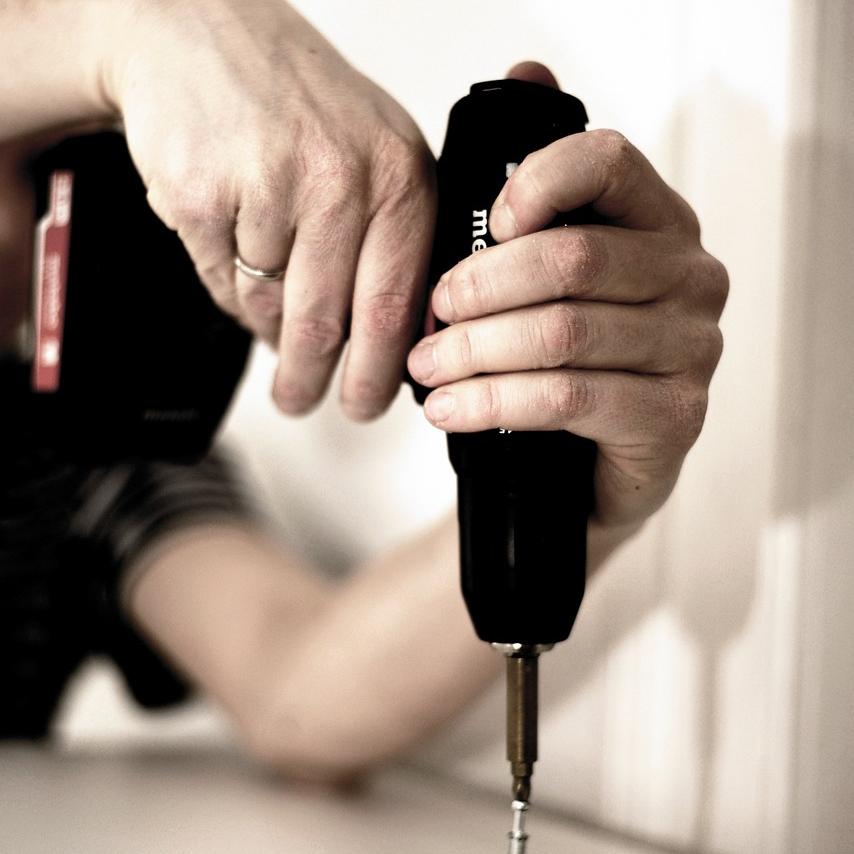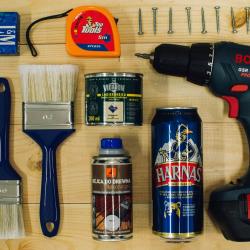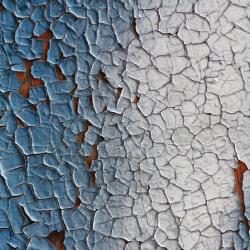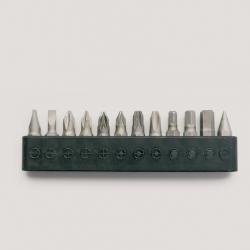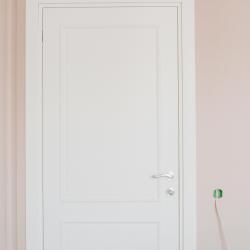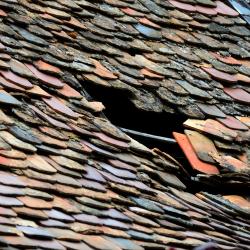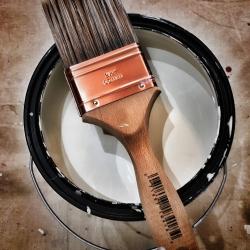DIY Guide to Patching Holes in Drywall Like a Pro
Whether you're dealing with damage from a doorknob, a mishap during furniture rearrangement, or even an overzealous game of indoor basketball, holes in your drywall are an inevitable part of homeownership. The good news is, with a little patience and the right tools, patching these blemishes is entirely within reach for the average DIY enthusiast. Here’s a comprehensive guide to help you patch holes in drywall like a pro.
Assessing the Damage
Before you start, assess the type and size of the hole. While small nail holes can be handled with just a dab of spackle, larger holes might require a more substantial repair involving mesh patches or even replacing a portion of the drywall.
Small Holes (Less than 1/2 inch)
For tiny holes usually caused by nails or small screws, you can follow a straightforward process:
- Gather Materials: Spackle, a putty knife, sandpaper, primer, and paint.
- Preparation: Clean the area around the hole with a damp cloth to remove dust and debris.
- Apply Spackle: Use a putty knife to press a small amount of spackle into the hole. Remove excess by scraping across the surface, ensuring a smooth finish.
- Sand the Surface: Once the spackle dries (typically in a few hours), sand it until smooth with fine-grit sandpaper.
- Prime and Paint: Apply a coat of primer followed by matching paint. This will ensure that the patched area blends seamlessly with the rest of the wall.
Medium Holes (1/2 inch to 5 inches)
For holes about the size of a doorknob:
- Materials Needed: Mesh patch, joint compound, putty knife, sandpaper, primer, and paint.
- Patch Placement: Place a self-adhesive mesh patch over the hole. These are available at most hardware stores and are great for strengthening the area.
- Apply Joint Compound: Use a putty knife to spread joint compound over the patch in a crisscross pattern, smoothing the edges to blend with the wall.
- Dry and Sand: Allow the compound to dry overnight, then sand until smooth.
- Repeat as Needed: You may need to apply a second coat of joint compound to ensure the patch is completely hidden. Once satisfied, sand it smooth.
- Prime and Paint: Finish with primer and paint to match the wall color.
Large Holes (Over 5 inches)
For larger holes, a more comprehensive repair is necessary:
- Gather Supplies: Drywall scrap, drywall saw, joint compound, drywall screws, mesh tape, putty knife, sandpaper, primer, and paint.
- Cut a Patch: Measure and cut a piece of drywall slightly larger than the hole.
- Mark the Wall: Use the patch as a template to mark the wall. Cut out a square or rectangle around the hole with a drywall saw.
- Install Support: If necessary, insert and secure a wooden backer inside the wall to support the patch. Attach it with drywall screws.
- Attach the Patch: Screw the drywall patch into place, securing it to the backer.
- Tape the Joints: Apply mesh tape over the seams around the patch.
- Apply Joint Compound: Cover the tape and seams with joint compound, smoothing it out with a putty knife. Feather the edges to blend with the existing wall surface.
- Let it Dry and Sand: Dry it thoroughly, then sand for a smooth finish.
- Prime and Paint: Apply primer and paint to complete the repair.
Tips for a Professional Finish
- Feather Your Edges: Always feather the edges of your compound when blending it with the existing wall to avoid visible lines.
- Sand Thoroughly: Sanding is crucial for a smooth finish, but be careful not to over-sand and remove too much material.
- Paint Matching: Use leftover paint if available, or, for larger repairs, consider repainting the entire wall to ensure perfect blending.
- Practice Patience: Allow ample drying time between applying joint compounds, and don’t rush the sanding process.
Conclusion
Patching drywall might seem intimidating at first, but with the right tools and techniques, it’s a manageable task that can save you a lot of money on professional repairs. By following this guide and practicing patience and precision, you’ll be able to handle any drywall mishap that comes your way, keeping your home looking pristine and well-maintained.
